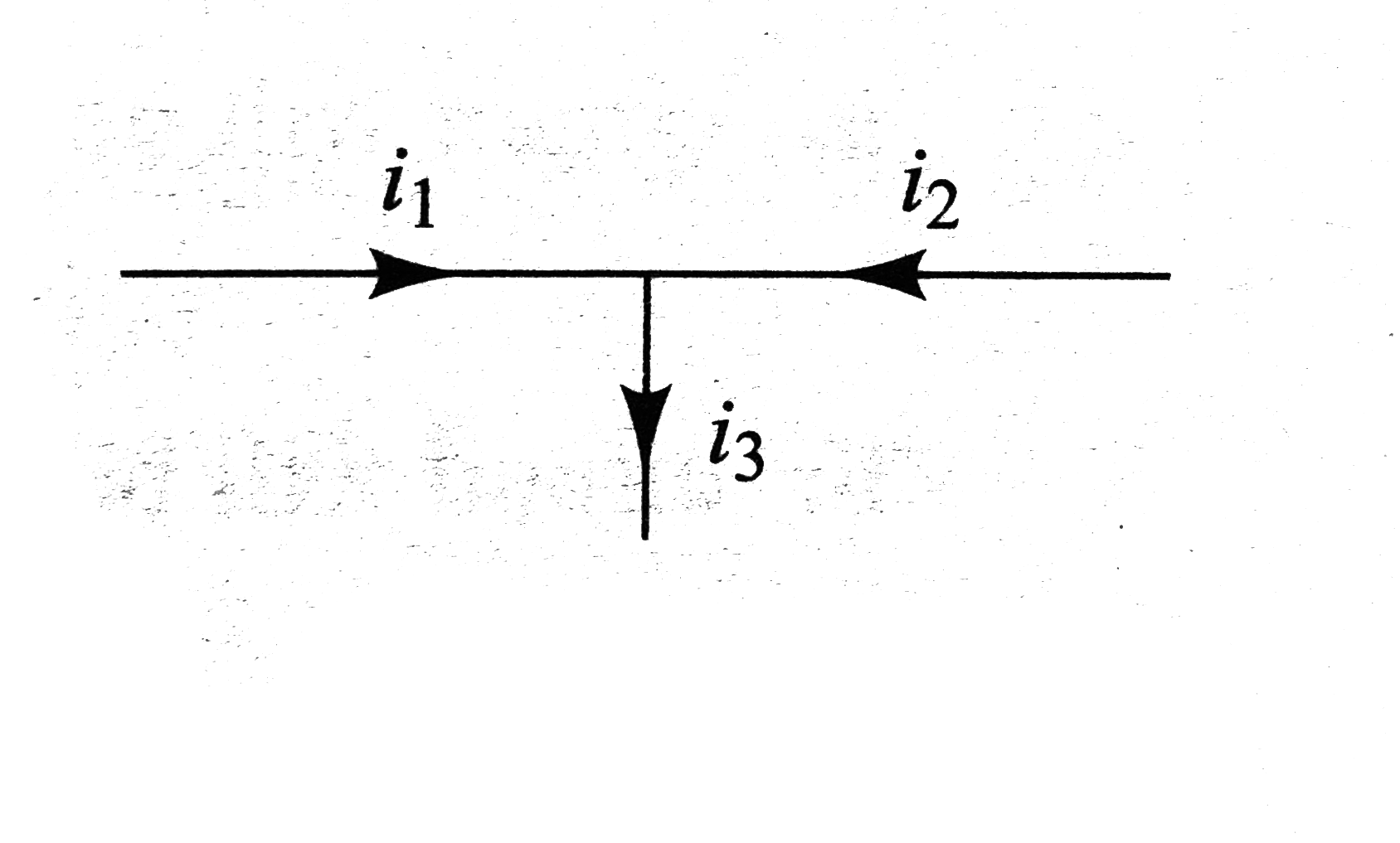Determine resultant amplitude after super position of given four waves with help of phasor diagram. y1=15sinωtmm,y2=9sin(ωt−π/2)mm,y3=7sin(ωt+π/2)mm & y4=13sinωtmm.
The correct Answer is:2.83mm
To determine the resultant amplitude after the superposition of the given four waves using a phasor diagram, we can follow these steps:
Step 1: Identify the Waves
We have the following four waves:
1. y1=15sin(ωt) mm
2. y2=9sin(ωt−π2) mm
3. y3=7sin(ωt+π2) mm
4. y4=13sin(ωt) mm
Step 2: Represent Each Wave as a Phasor
- Wave 1 (y1): This wave has an amplitude of 15 mm and is along the positive y-axis.
- Wave 2 (y2): This wave has an amplitude of 9 mm and is at a phase of −π2 (downward direction).
- Wave 3 (y3): This wave has an amplitude of 7 mm and is at a phase of +π2 (upward direction).
- Wave 4 (y4): This wave has an amplitude of 13 mm and is in phase with y1 (along the positive y-axis).
Step 3: Draw the Phasor Diagram
1. Draw the phasor for y1 (15 mm) vertically upwards.
2. Draw the phasor for y2 (9 mm) vertically downwards.
3. Draw the phasor for y3 (7 mm) vertically upwards.
4. Draw the phasor for y4 (13 mm) vertically upwards.
Step 4: Combine the Phasors
- Combine y1 and y4:
- y1+y4=15+13=28 mm (upward).
- Combine y2 and y3:
- y2+y3=−9+7=−2 mm (downward).
Step 5: Resultant Amplitude Calculation
Now we have two resultant phasors:
- Upward phasor: 28 mm
- Downward phasor: 2 mm
Now, we can find the resultant amplitude:
- The net upward phasor is 28−2=26 mm.
Step 6: Final Result
The resultant amplitude after the superposition of the given four waves is:
Aresultant=26 mm
We have the following four waves:
1. y1=15sin(ωt) mm
2. y2=9sin(ωt−π2) mm
3. y3=7sin(ωt+π2) mm
4. y4=13sin(ωt) mm
- Wave 1 (y1): This wave has an amplitude of 15 mm and is along the positive y-axis.
- Wave 2 (y2): This wave has an amplitude of 9 mm and is at a phase of −π2 (downward direction).
- Wave 3 (y3): This wave has an amplitude of 7 mm and is at a phase of +π2 (upward direction).
- Wave 4 (y4): This wave has an amplitude of 13 mm and is in phase with y1 (along the positive y-axis).
1. Draw the phasor for y1 (15 mm) vertically upwards.
2. Draw the phasor for y2 (9 mm) vertically downwards.
3. Draw the phasor for y3 (7 mm) vertically upwards.
4. Draw the phasor for y4 (13 mm) vertically upwards.
- Combine y1 and y4:
- y1+y4=15+13=28 mm (upward).
- Combine y2 and y3:
- y2+y3=−9+7=−2 mm (downward).
Now we have two resultant phasors:
- Upward phasor: 28 mm
- Downward phasor: 2 mm
- The net upward phasor is 28−2=26 mm.
The resultant amplitude after the superposition of the given four waves is:
Aresultant=26 mm
Topper's Solved these Questions
- BOOK - ALLENCHAPTER - WAVES AND OSCILLATIONSEXERCISE - Part-1(Exercise-04)[B]13videos
WAVES AND OSCILLATIONS
- BOOK - ALLENCHAPTER - WAVES AND OSCILLATIONSEXERCISE - Part-1(Exercise-05)[A]28videos
WAVES AND OSCILLATIONS
- BOOK - ALLENCHAPTER - WAVES AND OSCILLATIONSEXERCISE - Part-1(Exercise-03)31videos
WAVES AND OSCILLATIONS
- BOOK - ALLENCHAPTER - SEMICONDUCTORSEXERCISE - Part-3(Exercise-4)51videos
SEMICONDUCTORS
Similar Questions
The resultant amplitude due to superposition of three simple harmonic motions x1=3sinωt,
x2=5sin(ωt+37∘) and x3=−15cosωt isView SolutionIf i1=3sinωtand(i2)=4cosωt, then (i3) is
 View Solution
View Solutionx1=5sinωt
x2=5sin(ωt+53∘)
x3=−10cosωt
Find amplitude of resultant SHM.View Solutionx1=5sinωt
x2=5sin(ωt+53∘)
x3=−10cosωt
Find amplitude of resultant SHM.View SolutionFind the displacement equation of the simple harmonic motion obtained by combining the motion.
x1=2sinωt, x2=4sin(ωt+π6) and x3=6sin(ωt+π3)View SolutionWhen two coherent sources interact with each other, there will be production of alternate bright and dark fringes on the screen . Young's double-slit experiment domonstrates the idea of making two coherent sources. For better visibility, one has to choose proper amplitude for the sources. The phenomena is good enough to satisfy the conservation of energy principle. The pattern formed in YDSE is of uniform thickness and is nicely placed on a long distance screen.
The best combination of independent sources to produce sustained pattern among the following is
Y1=asinωt Y2=acosωt
Y3=asin(ωt+π4) Y4=2asin(ωt+π)View SolutionFind the resultant amplitude and the phase difference between the resultant wave and the first wave , in the event the following waves interfere at a point , y1=(3cm)sinωt,
y2=(4cm)sin(ωt+π2),y3=(5cm)sin(ωt+π)View SolutionFour waves are expressed as
1. y1=a1sinωt
2. y2=a2sin2ωt
3. y3=a3cosωt
4. y4=a4sin(ωt+ϕ)
The interference is possible betweenView SolutionTwo particle AandB execute simple harmonic motion according to the equation y1=3sinωt and y2=4sin[ωt+(π/2)]+3sinωt. Find the phase difference between them.
View SolutionOn the superposition of the two waves given as y1=A0sin(ωt−kx) and y2=A0cos(ωt−kx+π6) , the resultant amplitude of oscillations will be
View Solution
